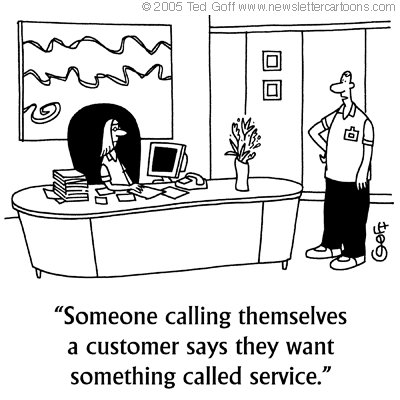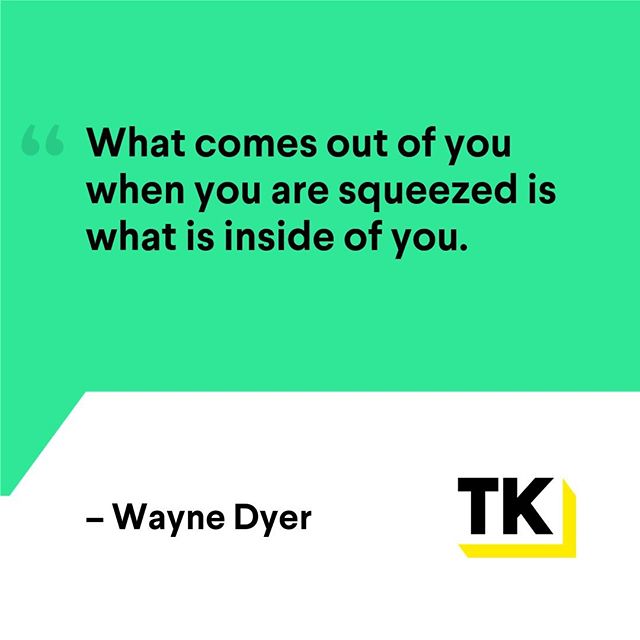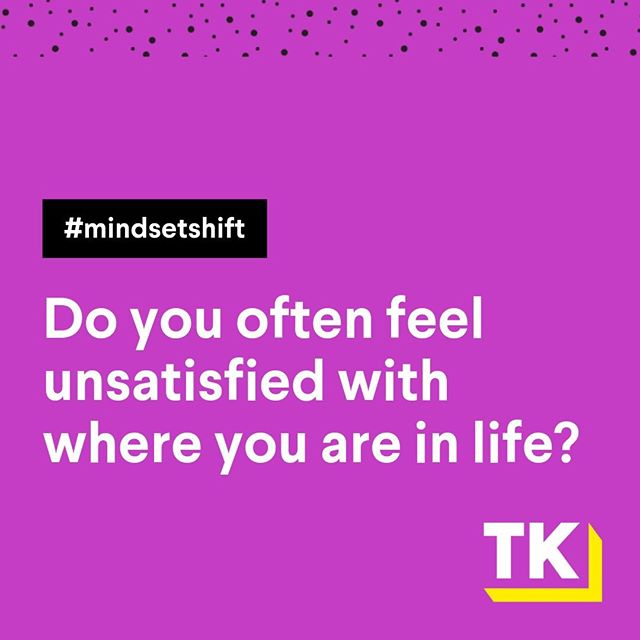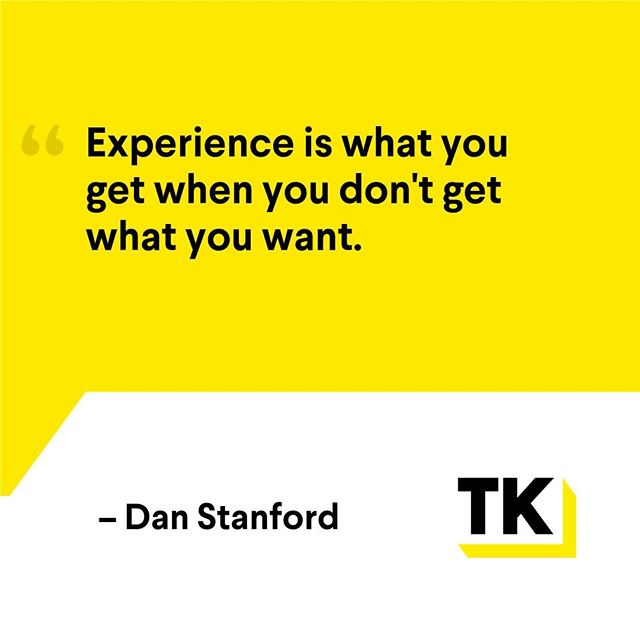One of the things I’ve been thinking about lately as I build Tout as a business is how we deal with Customer Service.
It’s the natural progression of things, you first figure out how to build a product that people give a damn about, then you get them to actually use it.
And then you come to the realization that a) people aren’t perfect and b) software isn’t perfect.
Enter: Customer service, and the pursuit of “Great customer service.”
“Great Customer Service” is not a real goal
After nearly a year of growing Tout, I went from doing all our customer service via email — to getting a ticketing system — and then to hiring someone for “owning” community management.
Through this time, I’ve come to learn one thing: there is no such thing as great customer service.
Naiively perhaps, I always figured that there was one true way to do customer service. You give the customer what they want, as fast as possible and they’ll be happy, they’ll pay you, and everything will be fantastic in the world. Simple, right?
Wrong.
It turns out much like most things in business, what you define your Customer Service experience to be is determined largely from a series of tradeoffs that you determine based on the goals of your business.
As we’ve grappled with the different challenges around meeting our customer’s needs within the natural limitations of a Startup, here are the key principles that I’ve followed to guide my decisions so that we can get to providing “Great Customer service.”
#1 – Know your Priorities
This may be obvious but in practice we tend to forget this all the time. When it comes to your customers, and taking care of them, know where it falls in terms of Priority.
When it comes to choosing between handling the 100 email tickets that came in today vs. releasing that one feature that will get you another 5,000 users, know which one is more important.
The idea behind prioritization should bubble upward and downward as well.
Meaning, you should know how you want to prioritize your 100 tickets (priorities bubbling down), and you should also know how important customer tickets are on a given day, week or month with respect to your higher level (bubbling upward) business goals.
You have X number of hours in a day, by explicitly prioritizing, you can at least tell yourself the truth.
There is a huge difference between working on your next killer feature while worrying about your customer tickets in the back of your mind (you know that nagging feeling) vs working on your next killer feature and NOT worrying about your customer tickets because you’ve made an explicit decision in your mind.
I don’t think there is a cut and dry prioritization here — which is the basic truth everyone should come to terms with.
Just know what YOUR prioritization is. Given the stage of your business, your customers may not be #1 — and that is OK — as long as it is explicit.
#2 – Know the different ways you can say “Yes” to a customer
This one took a while for me to realize and define.
The goal of a customer interaction is not to give them what he or she wants immediately regardless of what your company can afford to do — the goal is to make the customer feel “good” or even “ok” with the situation if you cannot get to “great.”
We often think that the best service organizations are the ones that always give the customer exactly what they want or go above and beyond.
Not true.
I think the best organizations know how to make the customer feel good about the situation where they may have been originally feeling bad, and then work with the customer to solve their problems on a timeline that is realistic for everyone.
So, remember that saying “yes” is not the only currency you have. Figure out what else you can offer the customer that can alleviate their concern until you can solve the root of their issue.
One example of this is telling the customer “I’m sorry, but we can’t help you immediately because of X but I’m going to keep you updated through the process, and in the mean time, we’re going to comp you for X months.” Â — giving your product gratis is a form of currency.
So is sending them a hand written card, or giving them a phone call instead of firing off another email.
To summarize, figure out all the different things you can do for your customer — it’ll give you a lot more flexibility and remove a lot of stress for you.
#3 – Know whether you’re going to for “quick fixes” vs. “systematic fixes”
This principle actually doesn’t just apply to Customer Service, but can apply to any function in your business.
As you’re working through your tickets, it can get very easy to just “do” them. In fact, that’s what us human beings love doing — we love to “do.”
It feels good.
Well, pause and take a step back. It’s important to figure out what strategy you want to follow as you’re addressing customer issues.
For any given customer problem, you always have the option of “going into the database” and “doing a quick fix” by “flipping that field.. or deleting that record” — OR — taking a step back, figuring out how many tickets are of this same nature and seeing if releasing a quick bug fix or feature enhancement would solve the problem for not only the tickets from today but will have a serious impact on your ticket volume overall.
Quick fixes are easy, fast, and gets your customer to a happy state. Systematic fixes preemptively solves the next 10 tickets that are going to come in.
Given the amount of development resources you have and the time cost of the person doing tickets — figure out which strategy you want to be following.
#4 – Try to be more “Proactive” vs “Reactive”
Over here at Tout, we think of anyone we hire around Community and Customer Service more as Content Creators and Communicators rather than “Service Reps.”
In fact, I hate the term “Service Rep,” “Customer Service Associate” or anything of that nature — it is boring, uninspiring, and it just plain sucks to be in roles like that.
With that said, most Startups (and companies) take a more reactive approach to Customer Service. They wait for tickets to come, they resolve them, and then they move on.
We hate that.
We hate the idea of only interacting with our customers when something goes wrong — and even worse, waiting until they write in about something going wrong.
So, our Tout Happiness Officer not just responds to tickets, but is responsible for developing content for Tout University where our new customers can learn how to use Tout to be successful.
She’s responsible for proactively reaching out to customers so we can learn how they are using Tout and feature them on our blog, and even flesh out our Knowledge Base where customers can go for quick help.
This principle reminds us that solving just this customer’s problem today is not success, but success is putting the systems and resources in place that can help the next 10 customers.
In Conclusion
We have all these misconceptions and frustrations around Customer Service.
I think it has become one of those phrases and roles that we take for granted without stopping and thinking… well — “What does it really mean?”
Our team works and thinks hard about customer service every day. There are things that frustrate us, there are things that we work hard on, and there are things that are working quite well.
It ain’t perfect but atleast with these principles, we’ve started to get an understanding of how we want to serve our customers and how we can get there.













